Home>Furniture>Outdoor Furniture>How Much Weight Can A Paver Patio Hold
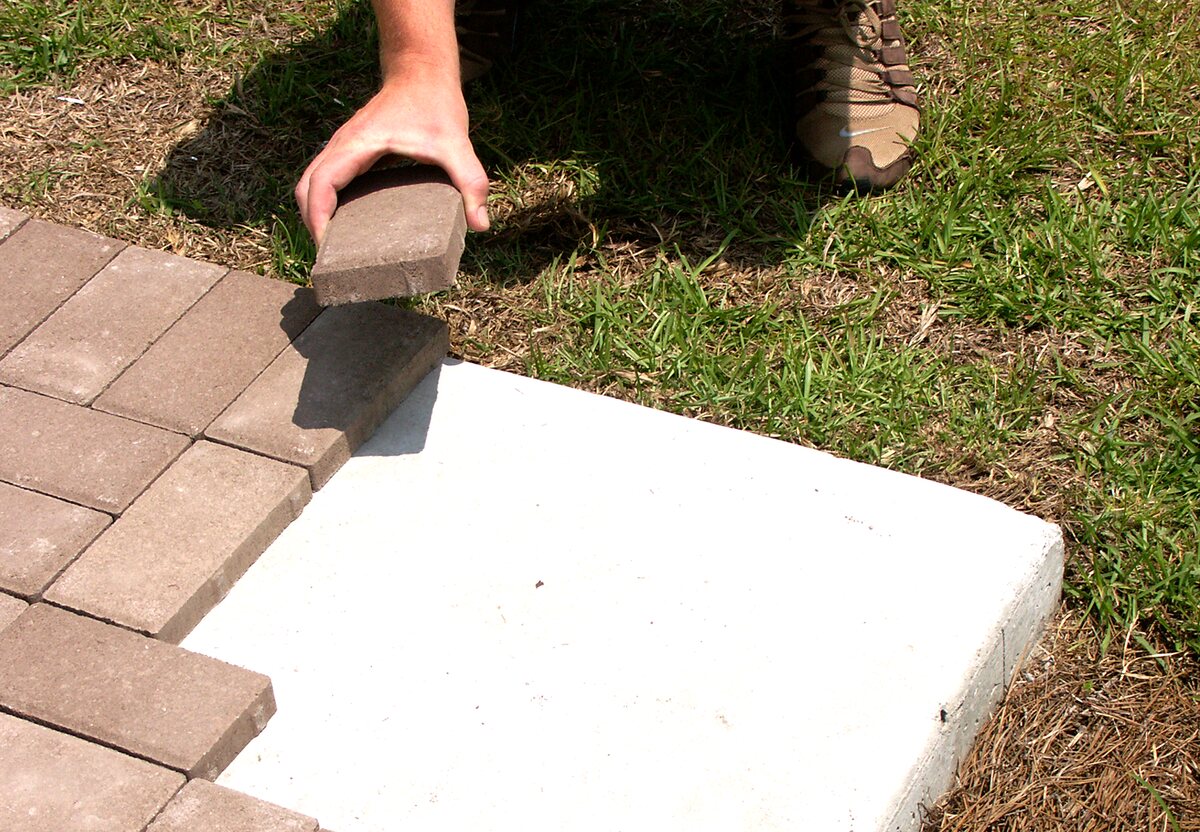

Outdoor Furniture
How Much Weight Can A Paver Patio Hold
Modified: March 7, 2024
Discover the weight capacity of paver patios and explore how much outdoor furniture they can comfortably support. Create a durable and stylish outdoor oasis with our guide.
(Many of the links in this article redirect to a specific reviewed product. Your purchase of these products through affiliate links helps to generate commission for Storables.com, at no extra cost. Learn more)
Introduction
When it comes to creating a beautiful and functional outdoor space, a paver patio is a popular choice for homeowners. Not only do paver patios offer durability and versatility, but they also provide a visually appealing surface that can complement any style of outdoor furniture. However, before you start arranging your patio furniture and hosting outdoor gatherings, it’s essential to understand the weight capacity of your paver patio.
Knowing how much weight your paver patio can hold is crucial to ensure the safety and longevity of your outdoor space. Overloading a patio can lead to cracks, sinking, and even structural damage. Understanding the factors that affect the weight capacity of your paver patio will help you make informed decisions and prevent any potential issues down the line.
The weight capacity of a paver patio is influenced by several key factors. Let’s take a closer look at each of them.
Key Takeaways:
- Ensure your paver patio can handle heavy furniture by choosing thick, durable pavers and a well-compacted base. Consider climate and load distribution to maintain safety and longevity.
- Prioritize safety by evenly distributing weight, following manufacturer guidelines, and regularly inspecting your paver patio. Consult professionals for specific concerns and enjoy your outdoor space worry-free.
Read more: How Much Weight Can Attic Hold
Factors Affecting Weight Capacity of Paver Patios
Several factors come into play when determining the weight capacity of a paver patio. Understanding these factors will help you assess the strength and durability of your patio and make informed decisions when it comes to placing heavy outdoor furniture or other objects on it.
1. Thickness and Type of Pavers: The thickness of the pavers used in your patio plays a crucial role in determining its weight capacity. Thicker pavers are generally stronger and can withstand heavier loads. Additionally, the type of pavers used, such as concrete or stone, can affect the weight capacity as well.
2. Base Material and Compaction: The base material beneath the pavers provides support and stability to the patio. A properly compacted and graded base can distribute the weight evenly and increase the weight capacity of the patio. Poorly compacted or inadequate base material can lead to sinking or shifting of the pavers under heavy loads.
3. Jointing Material and Patterns: The jointing material used between the pavers is essential for preventing movement and maintaining the structural integrity of the patio. Different jointing materials, such as polymeric sand or mortar, offer varying levels of strength. Additionally, the pattern in which the pavers are laid can affect the weight capacity. Patterns that create a solid interlocking surface tend to be stronger.
4. Subgrade Condition: The condition of the subgrade, which is the soil or surface underneath the base material, can influence the weight capacity of the patio. A stable and well-compacted subgrade provides a solid foundation, while unstable or loose soil can lead to settling or shifting under heavy loads.
5. Climate and Weather Conditions: The climate and weather conditions in your area can also impact the weight capacity of your paver patio. Freeze-thaw cycles, excessive rainfall, or extreme temperatures can weaken the patio over time, making it less capable of handling heavy loads.
Considering these factors will help you evaluate the weight capacity of your paver patio and determine its suitability for specific uses.
Thickness and Type of Pavers
The thickness and type of pavers used in your patio are key factors that influence its weight capacity. The thicker the pavers, the more weight they can typically support. Common thickness options for paver patios range from 1.5 inches to 3 inches.
Thicker pavers are generally more durable and can withstand heavier loads without cracking or sinking. They provide a solid foundation for outdoor furniture, grills, and other objects that may exert significant weight on the patio surface.
In addition to thickness, the type of pavers chosen also plays a role in determining weight capacity. Concrete pavers are a popular choice for patios due to their strength, durability, and wide range of available designs and colors. These pavers can handle substantial weight and are suitable for most patio applications.
If you’re looking for a more natural and rustic look, stone pavers such as flagstone or slate can be used. While stone pavers can offer a unique aesthetic appeal, they may have varying weight capacities depending on the specific type and thickness.
It’s essential to consider the anticipated weight loads your patio will experience during its lifetime. Evaluate the type and size of furniture, accessories, or other items that will be placed on the patio. If you plan to have heavy outdoor furniture or a grill, it’s recommended to opt for thicker pavers to ensure adequate weight capacity.
Furthermore, it’s important to choose pavers that are appropriate for your climate. Some paver materials may be more prone to cracking or deterioration in extreme temperature conditions. Consulting with a professional or knowledgeable supplier can help you select the right type and thickness of pavers for your specific patio needs.
Remember, investing in thicker or more robust pavers can provide peace of mind and longevity for your patio, allowing you to enjoy your outdoor space without concerns about weight limits.
Base Material and Compaction
The base material and its proper compaction are crucial elements in determining the weight capacity of your paver patio. The base serves as the foundation upon which the pavers are laid, providing stability and support.
The most common base material used for paver patios is crushed stone or aggregate. This material is durable and allows for proper drainage, preventing water from pooling on the patio surface. The thickness of the base material can vary, typically ranging from 4 to 6 inches. A thicker base can provide additional strength to support heavier loads.
Proper compaction of the base material is essential to ensure a solid and stable foundation for your patio. Compaction removes air gaps and creates a firm surface that can evenly distribute the weight placed on the patio. A compacted base reduces the risk of sinking or settling of the pavers over time.
During the installation process, the base material should be compacted using specialized equipment, such as a plate compactor or a vibrating compactor. This equipment applies pressure to the base, increasing its density and strength.
If the base material is not adequately compacted, it can lead to uneven settling of the pavers, creating low spots that are prone to cracking under heavy loads. Over time, the patio may shift or become unstable, compromising its weight capacity.
In addition to proper compaction, the grade or slope of the base material should be considered. The base should be graded away from the house or other structures to ensure proper drainage. This prevents water from seeping into the patio and potentially weakening the base over time.
It is essential to consult with a professional or follow the manufacturer’s guidelines regarding the appropriate base material and compaction techniques for your specific paver patio project. They can provide recommendations based on local soil conditions, climate factors, and the anticipated weight loads your patio will bear.
By investing in proper base material and compaction techniques, you can ensure that your patio has a solid foundation capable of supporting heavy furniture, outdoor kitchens, or other weighty objects without compromising its structural integrity.
Jointing Material and Patterns
The jointing material used between the pavers and the pattern in which they are laid can have an impact on the weight capacity of your paver patio. Proper jointing and pattern selection play a crucial role in maintaining the structural integrity and stability of the patio.
The jointing material fills the gaps between the pavers, preventing them from shifting or becoming loose over time. There are various options for jointing materials, including polymeric sand, mortar, and gravel. Each material has different characteristics and levels of strength.
Polymeric sand is a popular jointing material as it bonds together when activated with water. This creates a solid and stable surface, minimizing the chance of paver movement and enhancing the patio’s weight-bearing capacity. It is important to ensure that the polymeric sand is properly installed and activated according to the manufacturer’s instructions.
Mortar is another option for jointing, commonly used in more rigid and formal patio designs. It provides a strong bond between the pavers, making the patio surface more resistant to shifting and settling. However, mortar joints may require periodic maintenance and repair to prevent cracking or deterioration over time.
When it comes to the pattern in which the pavers are laid, certain designs can increase the patio’s strength and weight capacity. Patterns that create a solid interlocking surface, such as herringbone or basket weave, distribute the weight more evenly across the patio. This helps to prevent individual pavers from cracking or sinking under heavy loads.
It is important to consider the size and thickness of the pavers when choosing a pattern. Some patterns may be more suitable for larger and thicker pavers, while others are better suited for smaller or irregularly shaped pavers. Consulting with a professional or following manufacturer guidelines can help you select the best jointing material and pattern for your patio.
Regular inspection and maintenance of the jointing material are necessary. Reapply jointing material as needed and repair any cracked or deteriorated areas promptly to ensure the patio’s strength and weight capacity.
By selecting the appropriate jointing material and pattern, you can enhance the stability and weight capacity of your paver patio, ensuring that it can safely support your outdoor furniture, grills, and other objects.
Read more: How Much Weight Can A Ladder Hold
Subgrade Condition
The condition of the subgrade, which is the soil or surface beneath the base material of your paver patio, is an essential factor in determining its weight capacity. The subgrade provides the foundational support for the patio and plays a significant role in its stability.
An ideal subgrade should be stable, compacted, and have good load-bearing capacity. The stability of the subgrade is crucial to prevent settling or shifting of the patio under heavy loads. If the subgrade is unstable or consists of loose or poorly compacted soil, it can lead to uneven settlement of the pavers and compromise the patio’s weight capacity.
Before installing your paver patio, it is important to assess the condition of the subgrade. If the soil is loose or unstable, it may be necessary to remove it and replace it with a suitable compactable material, such as gravel or crushed stone. This will ensure a stable and supportive subgrade for the patio.
In some cases, it may be necessary to conduct soil testing to determine the load-bearing capacity and composition of the subgrade. This information can help determine the appropriate measures that need to be taken to prepare the subgrade for the patio installation.
It’s also important to consider any existing drainage issues within the subgrade. Poor drainage can lead to water accumulation, which can weaken the patio over time. Implementing proper drainage measures, such as the installation of drains or grading the subgrade away from the patio, can help maintain the stability and weight-bearing capacity of the patio.
Additionally, factors such as the presence of tree roots, underground utility lines, or other obstructions should be taken into account when assessing the subgrade condition. These factors can impact the stability and load-bearing capacity of the patio and may require additional measures to ensure its long-term durability.
Consulting with a professional or seeking advice from an experienced contractor can guide you in assessing the subgrade condition and taking the necessary steps to prepare a stable and supportive foundation for your paver patio. By addressing subgrade concerns, you can ensure the patio’s weight capacity and enjoy a durable and long-lasting outdoor space.
Make sure to use a strong, compacted base of gravel and sand when installing a paver patio to ensure it can support the weight of furniture, foot traffic, and other loads.
Climate and Weather Conditions
The climate and weather conditions in your area play a significant role in determining the weight capacity and overall durability of your paver patio. Different climates can present unique challenges that affect the patio’s ability to withstand heavy loads and maintain its structural integrity.
Extreme temperature variations, such as freezing and thawing cycles, can have a significant impact on the weight capacity of your patio. When water seeps into the pavers and freezes, it expands, potentially causing cracks or heaving in the patio surface. Over time, this can weaken the patio and reduce its weight-bearing capacity.
In regions with predominantly colder climates, it is crucial to select pavers that are frost-resistant and suitable for freeze-thaw cycles. Certain types of pavers, such as concrete or clay, are better equipped to handle these temperature fluctuations without sustaining damage. Consulting with a paver expert or supplier in your area can help you choose the most appropriate paver materials for your specific climate.
Excessive rainfall can also affect the weight capacity of your paver patio. Poor drainage can lead to water accumulation on the surface or within the base material, compromising its stability. It is important to ensure that your patio has proper grading and drainage systems in place to prevent water from pooling and causing damage.
Hot and dry climates can present their own challenges for paver patios as well. Prolonged exposure to intense sunlight and high temperatures can cause pavers to fade, warp, or lose their structural integrity over time. Choosing paver materials with UV-resistant properties can help mitigate these effects and maintain the patio’s strength.
It is essential to understand the specific weather conditions and climate patterns in your region and select paver materials and installation techniques that are suitable for those conditions. Consulting with professionals or experienced contractors who are familiar with the climate in your area can provide valuable insights and recommendations.
Regular maintenance and care are also crucial in protecting your patio from climate-related issues. Periodically inspecting for any signs of damage, such as cracks or sinking, and addressing them promptly can help maintain the patio’s weight capacity and ensure its longevity.
By considering the climate and weather conditions in your area and taking appropriate measures, you can ensure that your paver patio maintains its weight capacity and withstands the challenges that your specific climate may present.
Load Distribution
Load distribution refers to the way weight is evenly spread or distributed across your paver patio. Proper load distribution is essential for maintaining the structural integrity of the patio and maximizing its weight capacity.
Uneven load distribution can lead to localized stress points, causing pavers to crack or sink under heavy loads. It is important to consider how weight is distributed across the patio when planning the placement of furniture, appliances, and other objects.
One way to ensure even load distribution is by using a solid and stable platform for heavy objects. For example, placing a grill or outdoor kitchen on a sturdy concrete slab or paver base can help distribute the weight more evenly and prevent concentrated pressure on a single area of the patio.
Additionally, using furniture pads or glides under the legs of chairs, tables, and other pieces of furniture can help minimize the pressure on the pavers and distribute the load more evenly. This prevents the pavers from sinking into the subbase and helps maintain the patio’s weight capacity over time.
Properly positioning heavier items, such as fire pits or water features, is also important for load distribution. Placing these objects on a stable and well-supported section of the patio, preferably over a wider area or near the edges, can help evenly distribute the weight and minimize potential damage.
Regularly inspecting the patio for any signs of uneven load distribution, such as sinking or cracks, is crucial. If you notice any areas that seem to be experiencing more significant stress or damage, adjusting the distribution of weight or adding support in those specific areas may be necessary.
By considering load distribution and taking appropriate measures to evenly distribute weight across your paver patio, you can enhance its weight capacity and prolong its lifespan. Ensuring that heavier objects are properly supported and positioned will help maintain the integrity of the patio surface, preventing potential damage and allowing you to enjoy your outdoor space without worries.
Calculating Weight Capacity
Calculating the weight capacity of your paver patio is essential to ensure its safety and prevent any potential damage or structural issues. While it is always recommended to consult with a professional or structural engineer for an accurate assessment, here are some general guidelines to help you estimate the weight capacity:
1. Know the paver type and thickness: Determine the type and thickness of the pavers used in your patio. Thicker pavers can generally support heavier loads compared to thinner ones.
2. Identify the base material and its thickness: Take note of the type of base material and its thickness. A thicker and well-compacted base provides more support and increases weight capacity.
3. Consider the jointing material: The type of jointing material used between the pavers can affect the weight capacity. Some jointing materials, such as polymeric sand, can enhance the stability of the patio and increase its weight-bearing capacity.
4. Evaluate the subgrade condition: Assess the condition of the subgrade, including soil stability and compaction. A solid and well-prepared subgrade enhances the patio’s weight capacity.
5. Factor in climate and weather conditions: Consider the climate in your area, including freeze-thaw cycles and excessive rainfall. Extreme weather conditions can impact the weight capacity of the patio.
Once you have gathered this information, you can use it as a starting point to estimate the weight capacity of your paver patio. However, it is important to note that weight capacity calculations can be complex and depend on various factors. Consulting with a professional or structural engineer is highly recommended for an accurate and specific assessment for your patio.
Remember that weight capacity is not just about the total weight but also how that weight is distributed. Placing heavy objects on larger surface areas or using support structures can help distribute the weight and minimize stress on specific areas of the patio.
It is always better to err on the side of caution and avoid overloading your patio. If you are unsure about the weight capacity or have concerns about adding heavy objects, it is best to consult with a professional to ensure the safety and longevity of your paver patio.
By taking the necessary precautions and seeking professional guidance, you can confidently enjoy your paver patio without the risk of exceeding its weight capacity.
Read more: How Much Weight Can An Asphalt Driveway Hold
Safety Considerations
Ensuring the safety of your paver patio is of utmost importance to protect both its structural integrity and the well-being of those who use the outdoor space. Here are some essential safety considerations to keep in mind:
1. Weight distribution: Distribute weight evenly across the patio to prevent concentrated pressure on specific areas. Avoid placing heavy objects in one spot or over unsupported spaces, as this can lead to paver damage or sinking.
2. Proper placement: Position furniture, appliances, and other objects in a way that maintains balance and stability. Avoid overcrowding the patio with excessive weight or overcrowded seating arrangements.
3. Follow manufacturer guidelines: Adhere to the recommendations and guidelines provided by the paver manufacturer. This includes guidance on weight limits, jointing material, and installation techniques.
4. Maintain and inspect: Regularly inspect the patio for any signs of damage, such as cracks, sinking, or unevenness. Promptly address any issues to prevent further damage or accidents.
5. Use furniture pads and glides: Place furniture pads or glides under the legs of chairs, tables, and other furniture pieces to minimize pressure on the pavers and prevent scratching or damage to the surface.
6. Consider slip resistance: Select pavers with slip-resistant properties, especially if your patio will be exposed to water, such as near a pool or in areas prone to rain. This helps reduce the risk of slips and falls.
7. Install proper lighting: Adequate lighting ensures visibility at night and reduces the risk of accidents. Install outdoor lighting fixtures strategically to illuminate pathways, steps, and seating areas.
8. Drainage and moisture control: Ensure proper drainage to prevent water from pooling and causing slippery conditions. Keep gutters and downspouts clear to direct water away from the patio area.
9. Consult with professionals: When in doubt or if you have specific concerns about weight capacity or safety, consult with professionals. Structural engineers or experienced contractors can provide expert advice tailored to your patio and its intended use.
Remember, safety should always be prioritized when using your paver patio. By following these safety considerations and taking proactive measures, you can create a safe and enjoyable outdoor space for everyone to enjoy.
Conclusion
In conclusion, understanding the weight capacity of your paver patio is crucial for ensuring its safety, durability, and longevity. By considering the various factors that affect weight capacity, such as paver thickness, base material and compaction, jointing materials and patterns, subgrade condition, climate, and load distribution, you can make informed decisions and take necessary precautions to protect your patio.
Calculating the weight capacity of your patio involves gathering information about the materials used, evaluating the subgrade condition, and considering the specific climate and weather conditions in your area. While these general guidelines can give you an idea of a patio’s weight capacity, it is always advisable to consult with professionals or structural engineers for a comprehensive assessment tailored to your patio’s unique specifications.
Implementing proper safety measures is essential to prevent damage and keep occupants safe. Distribute weight evenly across the patio, follow manufacturer guidelines, regularly inspect the patio for signs of damage, and consider slip resistance and adequate lighting. By adhering to these safety considerations, you can enjoy your paver patio with peace of mind.
Remember, investing in high-quality materials, proper installation techniques, and regular maintenance will contribute to the overall durability and longevity of your paver patio. By prioritizing weight capacity and safety, you can create a functional, visually appealing, and safe outdoor space for relaxation, entertainment, and enjoyment for years to come.
Frequently Asked Questions about How Much Weight Can A Paver Patio Hold
Was this page helpful?
At Storables.com, we guarantee accurate and reliable information. Our content, validated by Expert Board Contributors, is crafted following stringent Editorial Policies. We're committed to providing you with well-researched, expert-backed insights for all your informational needs.

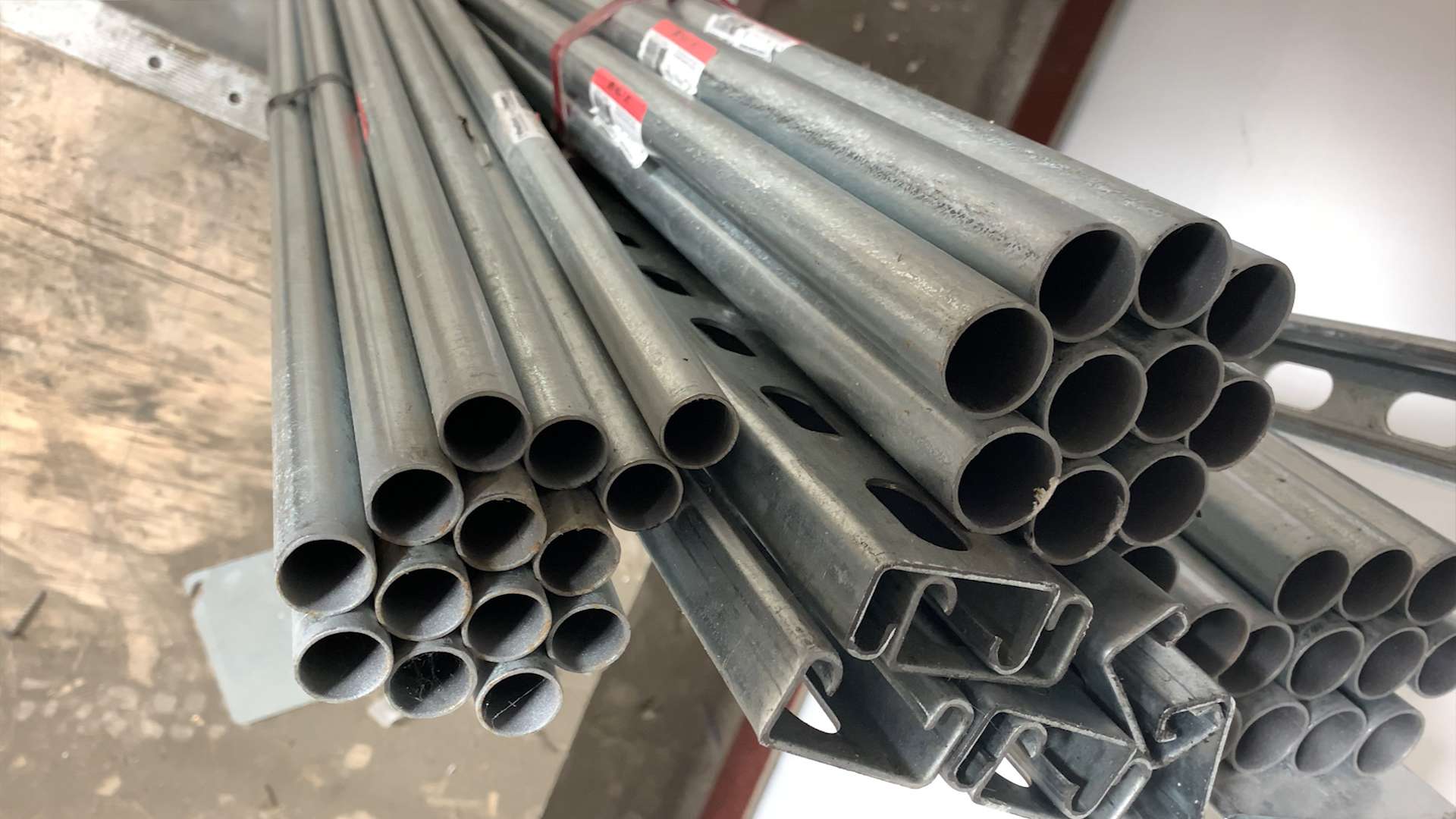


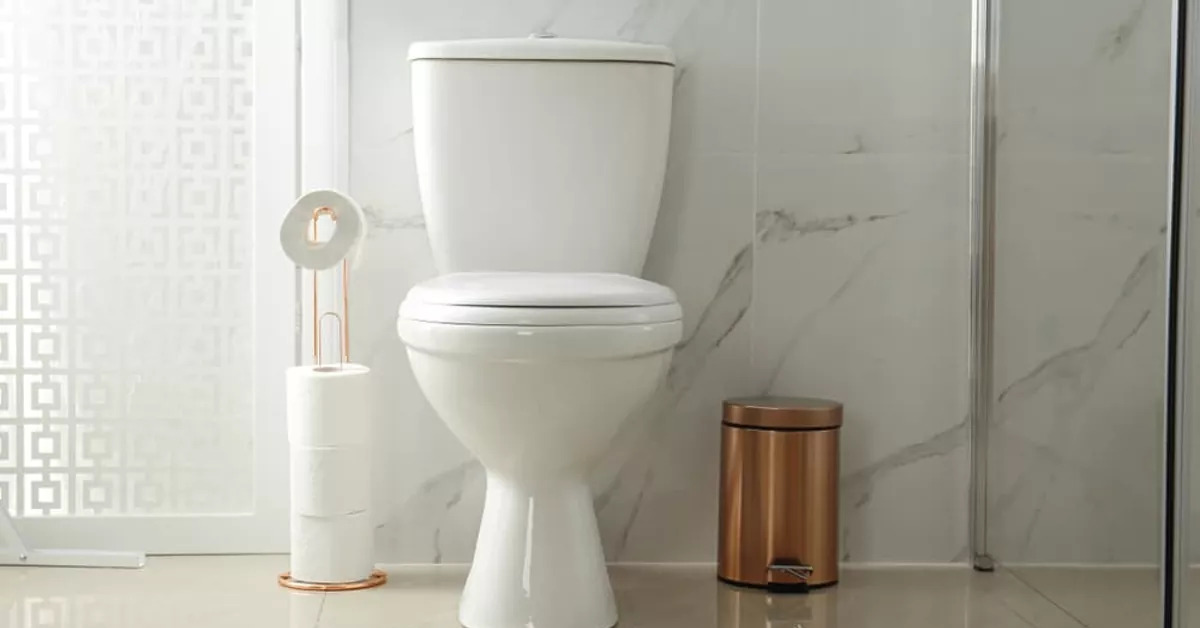
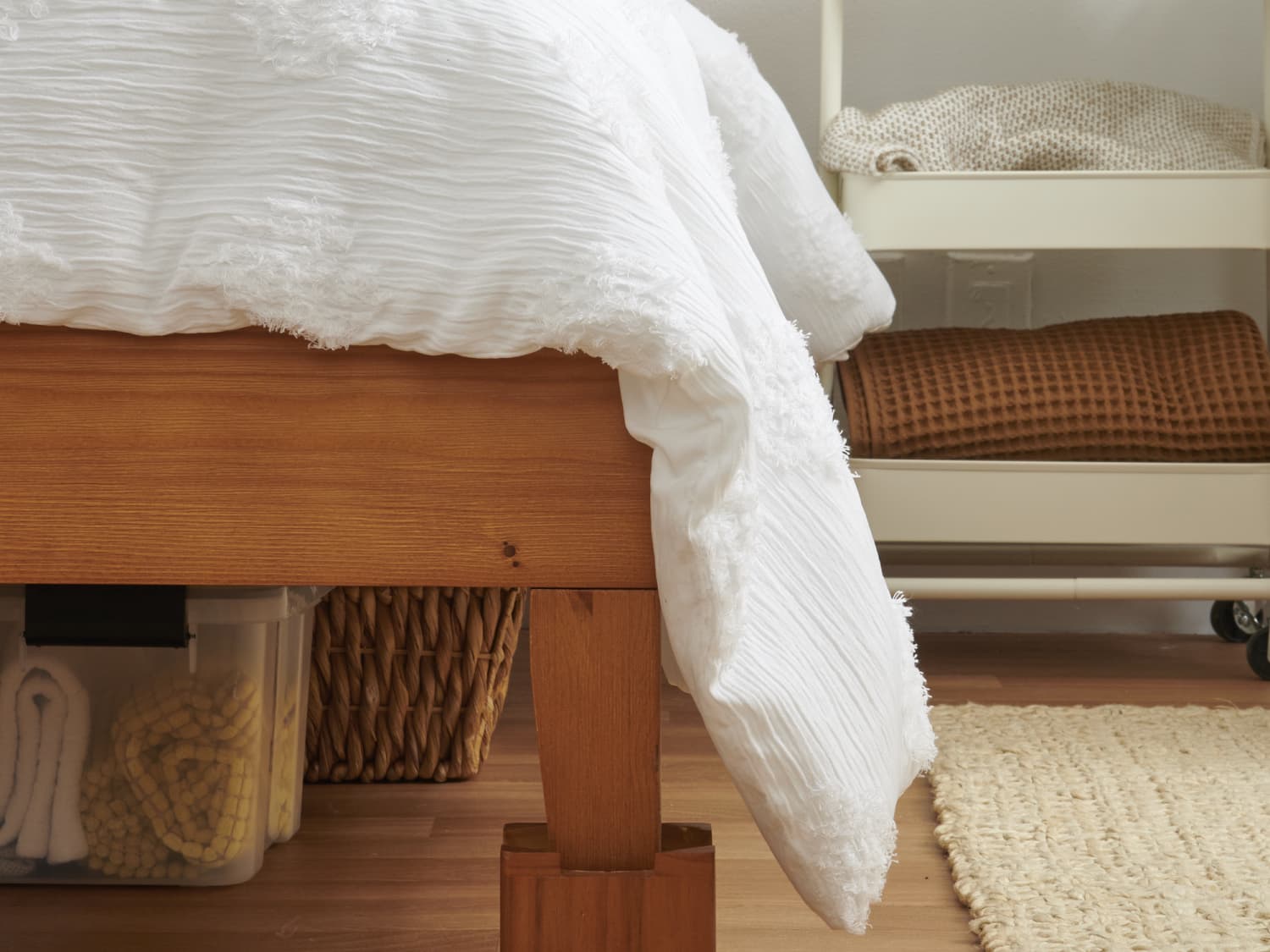
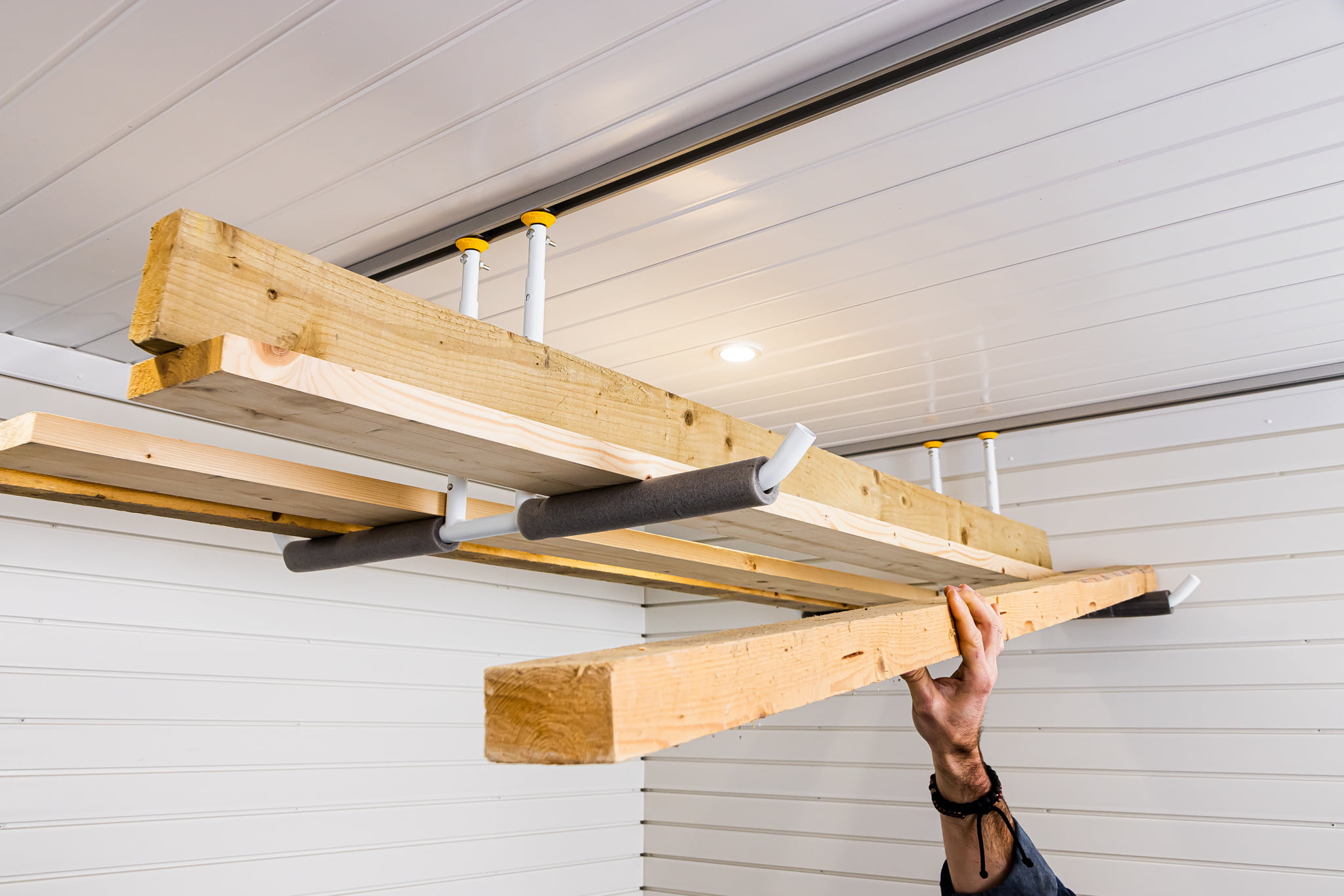


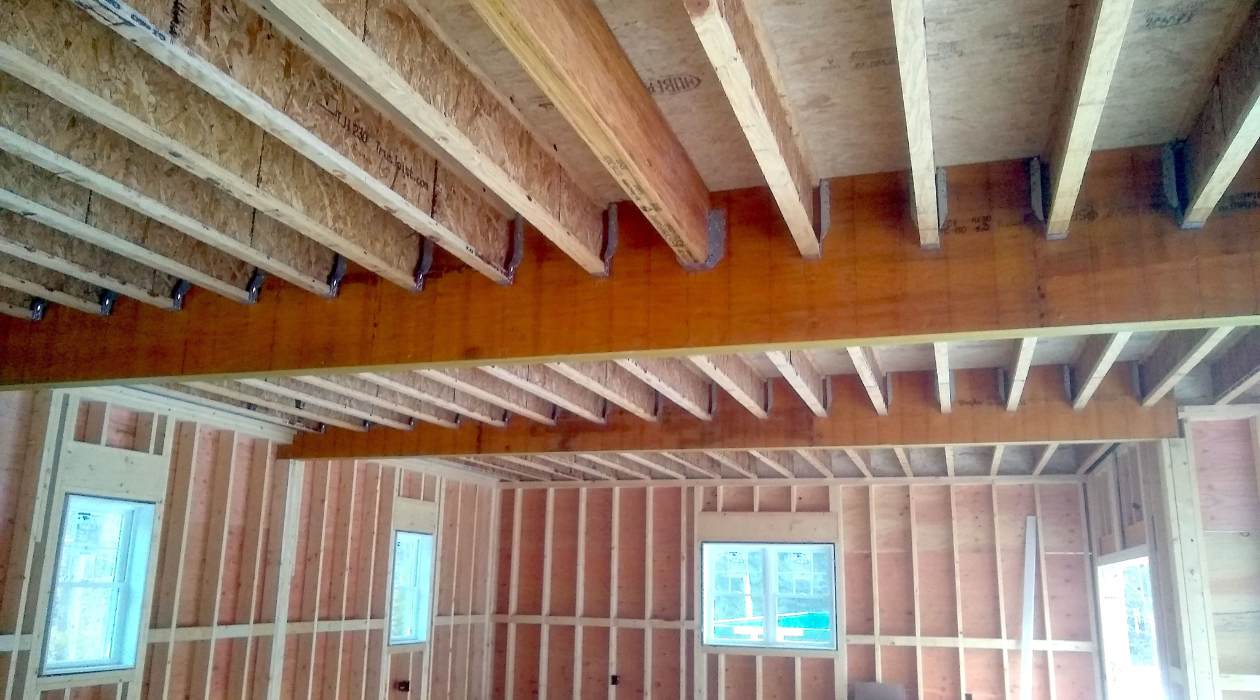
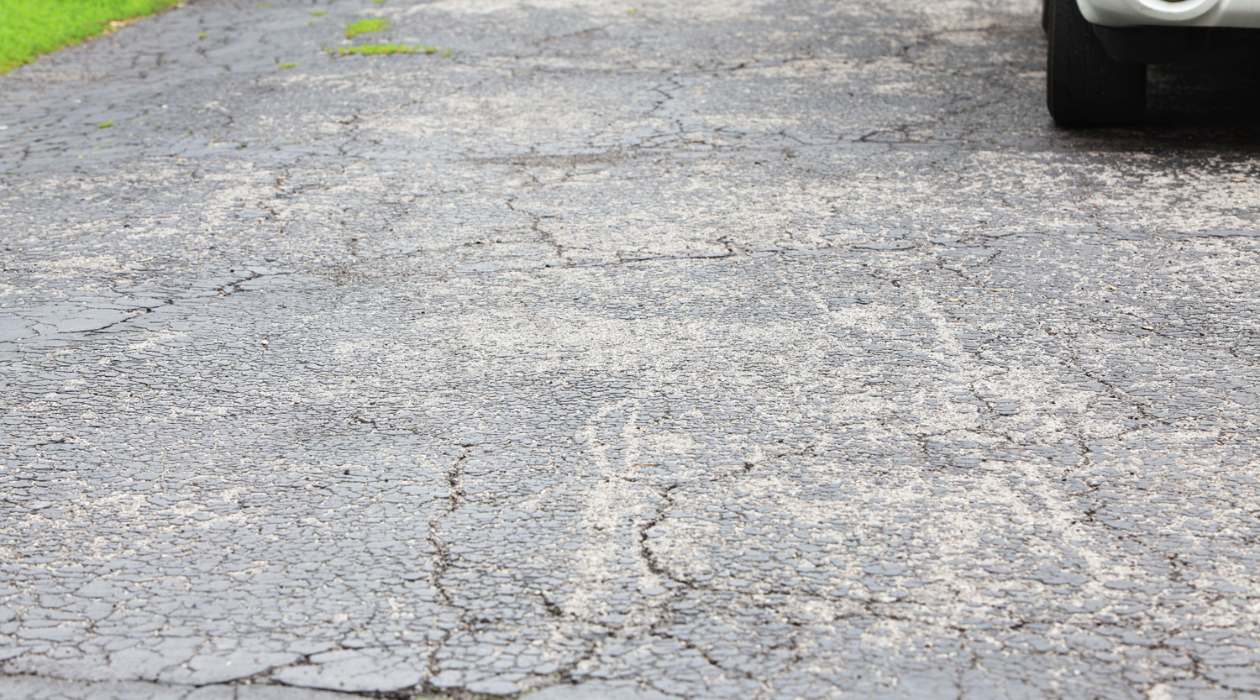



0 thoughts on “How Much Weight Can A Paver Patio Hold”